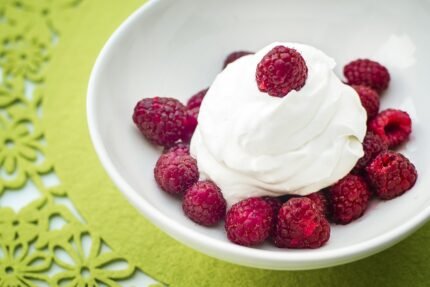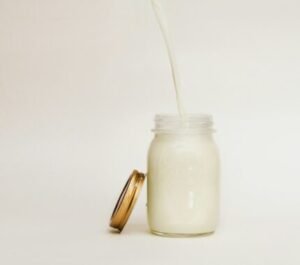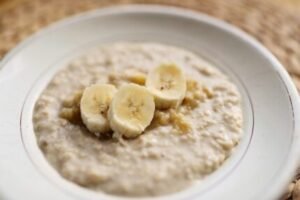Medically reviewed by Dr. Ramesh Gaddam, M.D. — Written by Sumalatha, D.N.H.E
2. Reasons for Seeking Substitutes:
People may seek substitutes for Heavy Cream for various reasons, including dietary preferences, health concerns, allergies, and taste preferences. Here are some common factors:
Dietary Restrictions:
Some individuals may have dairy allergies or lactose intolerance, necessitating non-dairy alternatives.
Health Concerns:
High-fat content in heavy cream may not align with certain dietary goals, prompting the search for lower-fat options.
Availability:
In regions where heavy cream is not readily accessible, substitutes may be sought for convenience.
Cost:
Heavy cream can be expensive, leading some to seek more affordable alternatives without compromising flavor or texture.
Vegan or Plant-Based Lifestyle:
Individuals following a vegan or plant-based diet may seek substitutes to avoid animal products.
Recipe Modification:
Adjusting recipes to accommodate dietary preferences or requirements may involve substituting heavy cream with alternatives that better suit the desired outcome.
Culinary Experimentation:
Some cooks enjoy exploring different ingredients and flavors, leading them to seek substitutes for creative cooking ventures.
1. Greek Yogurt:
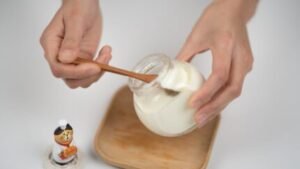
Greek yogurt is thick and creamy, making it an excellent substitute for heavy cream in many recipes. It’s lower in fat and calories while still providing a rich texture and tangy flavor.
2. Coconut Cream:
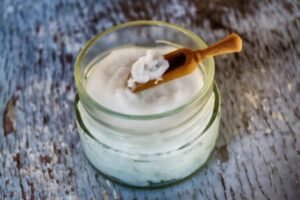
Coconut cream, extracted from mature coconut meat, offers a creamy texture and a subtle coconut flavor. It’s a suitable dairy-free alternative to heavy cream and can be used in both sweet and savory dishes.
3. Silken Tofu:

Blended silken tofu can mimic the creamy texture of heavy cream and is a great option for vegan or dairy-free recipes. It’s lower in fat and calories but still adds richness to dishes.
4. Cashew Cream:

Cashew cream, made by blending soaked cashews with water, creates a creamy and nutty substitute for heavy cream. It’s versatile and can be used in both savory and sweet recipes.
5. Evaporated Milk:

Evaporated milk is a concentrated form of milk with a creamier texture than regular milk but lower in fat than heavy cream. It can be used as a one-to-one substitute in many recipes, providing richness without the high fat content.
6. Low-Fat Cream Cheese:

Low-fat cream cheese can be used as a lighter alternative to heavy cream in creamy sauces and dips. While it won’t provide the same richness, it adds creaminess with fewer calories and less fat.
7. Blended Cottage Cheese:
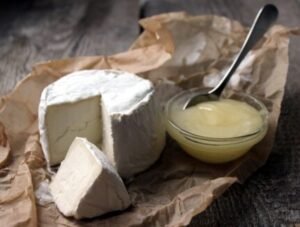
Blending cottage cheese until smooth creates a creamy texture similar to heavy cream. It’s lower in fat and calories but still adds richness and can be used in both savory and sweet dishes.
8. Buttermilk:
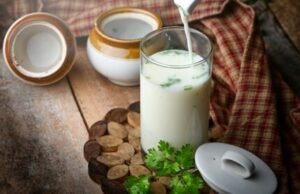
Buttermilk adds tanginess and moisture to recipes while being lower in fat than heavy cream. It’s a suitable substitute in recipes like salad dressings, pancakes, and baked goods.
9. Unsweetened Almond Milk + Thickener:
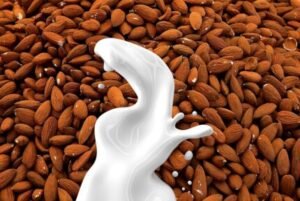
Mixing unsweetened almond milk with a thickening agent like flour or cornstarch creates a lighter alternative to heavy cream. It won’t provide the same richness but works well in recipes where a creamy texture is desired.
10. Mashed Avocado:
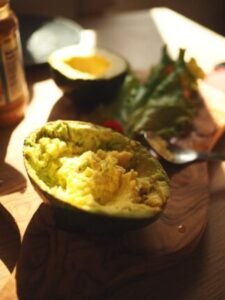
Mashed avocado can add creaminess to recipes while providing healthy fats and nutrients. It’s a great substitute in recipes like creamy sauces, dressings, and desserts.
Medically reviewed by Dr. Ramesh Gaddam, M.D.

General Physician, Diabetologist, and Critical Care Specialist.
Discover more from Health Build-Up
Subscribe to get the latest posts sent to your email.
